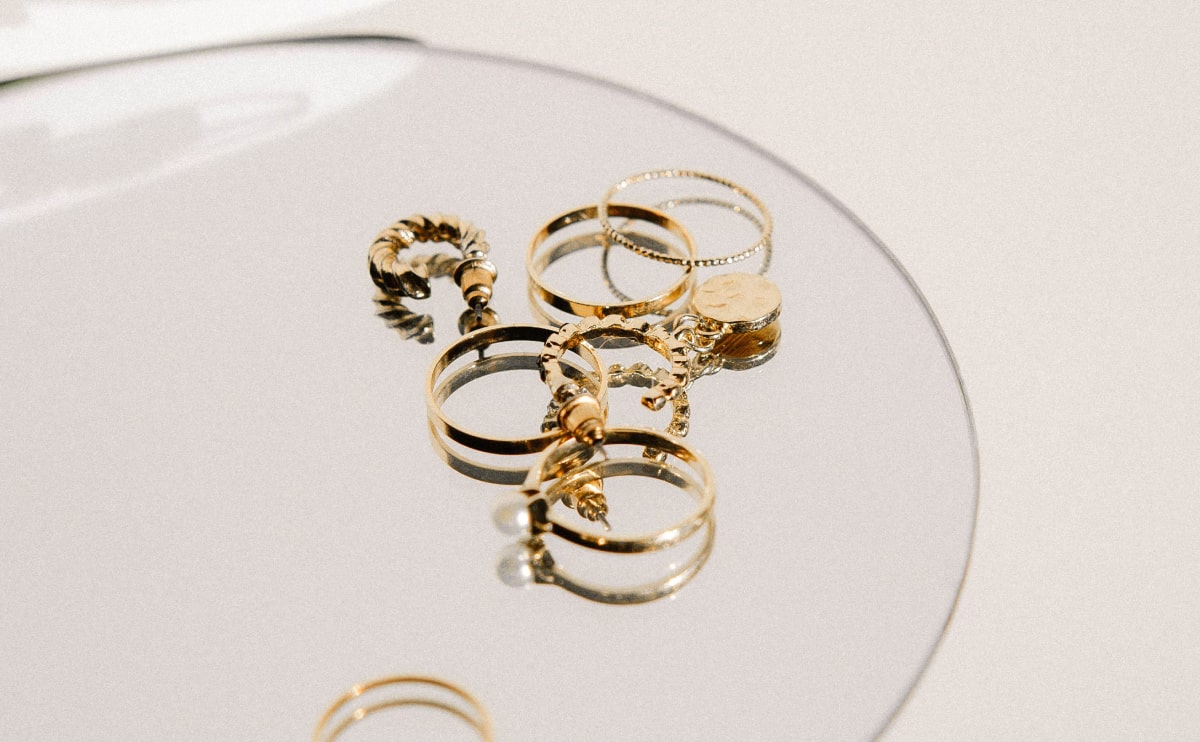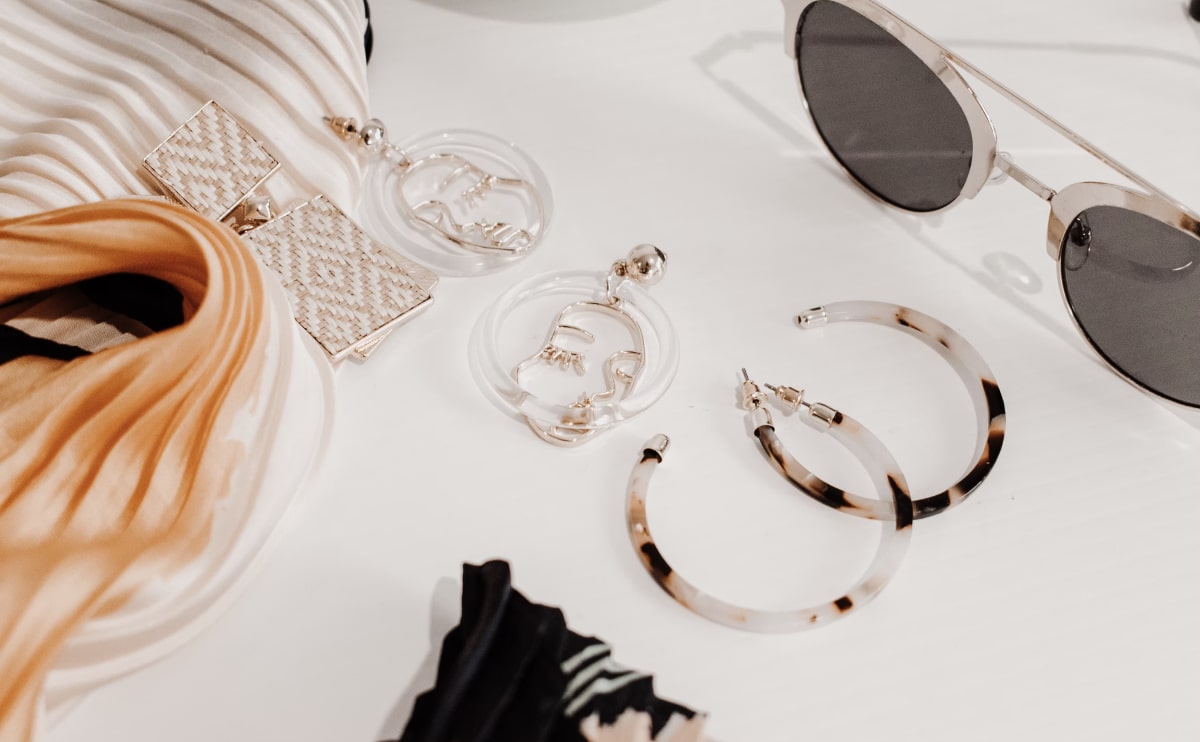Please visit the online store>>Click here to buy nikon d850 memory card related products
Millions of products are now available at 50% off market price,from $1.38 / Unit
The Nikon D850 supports both XQD and SD memory cards, allowing photographers to choose according to their needs. XQD cards are known for their superior speed and reliability, making them a favorite for professional photographers who often shoot in burst mode or record 4K video. These cards can handle high data transfer rates, which is essential when capturing images in RAW format or when shooting high-resolution videos. On the other hand, SD cards are more common and widely available, offering sufficient speed for the casual user. Using UHS-II SD cards can also provide enhanced performance, making them a viable option for many D850 users.
When selecting a memory card for the D850, it's crucial to consider the card's write speed. A faster write speed helps reduce the time it takes to save images to the card, which can be particularly beneficial during continuous shooting. The Nikon D850 performs exceptionally well with cards that have a write speed of at least 90 MB/s. For those who frequently shoot in RAW or high-speed bursts, opting for high-capacity XQD cards is advisable, as they offer the best performance without the risk of lag.
Another factor to keep in mind is card capacity. The D850 is capable of producing large file sizes due to its 45.7-megapixel sensor. Therefore, a larger capacity card, such as 64GB or 128GB, can be beneficial for lengthy shooting sessions. This not only minimizes the frequency of card changes but also allows users to capture more images. However, it is essential to balance capacity with speed, ensuring that the chosen card provides adequate performance for the intended shooting style.
Moreover, using dual card slots can enhance workflow efficiency. The Nikon D850 features two card slots, giving users the option to use one for overflow storage, while the other can serve as a backup. For example, a photographer can choose to shoot in RAW format on the XQD card while simultaneously saving JPEG copies on the SD card. This redundancy ensures that images are secure even if one card fails, which is crucial during important shoots.
In conclusion, selecting the right memory card for the Nikon D850 is essential for realizing its full potential. Whether opting for XQD or SD cards, photographers should consider factors such as write speed, capacity, and the advantages of dual slots to optimize their shooting experience. By making informed choices regarding memory cards, photographers can focus on capturing breathtaking images without distractions.




